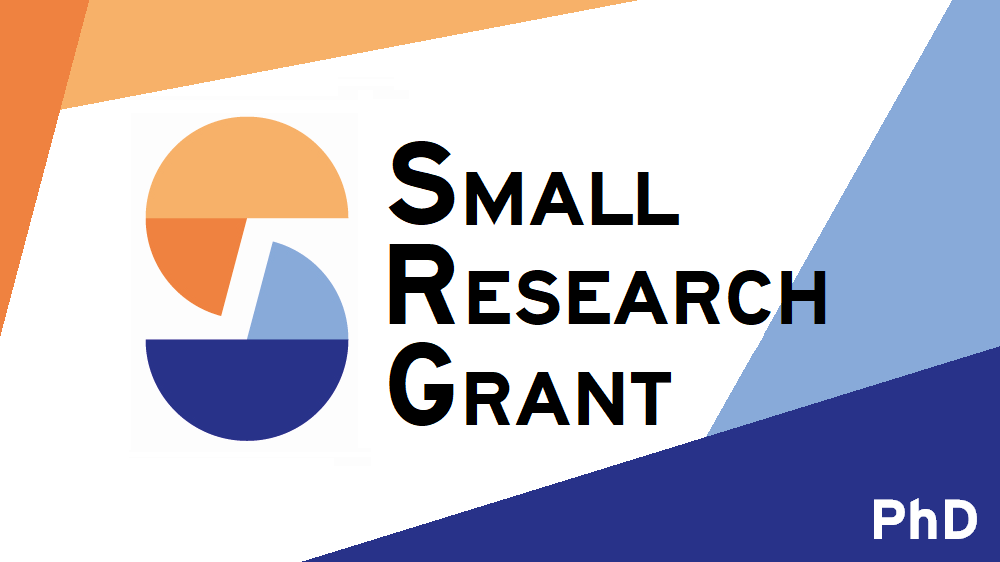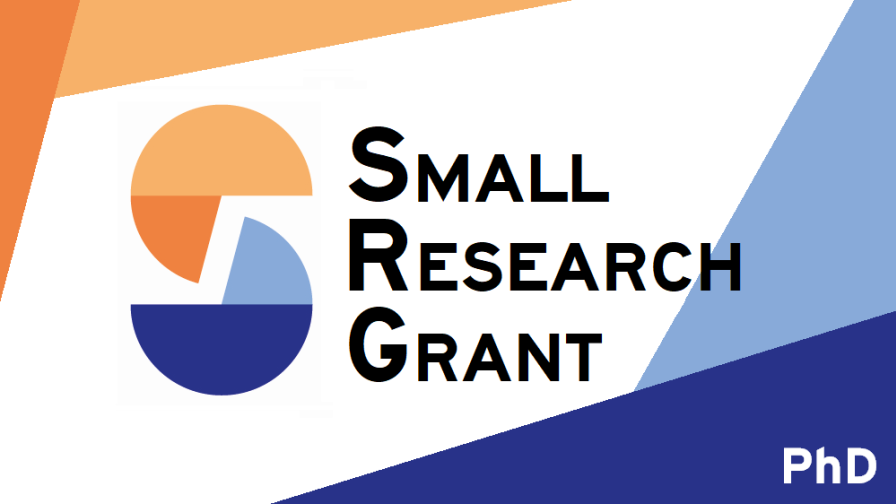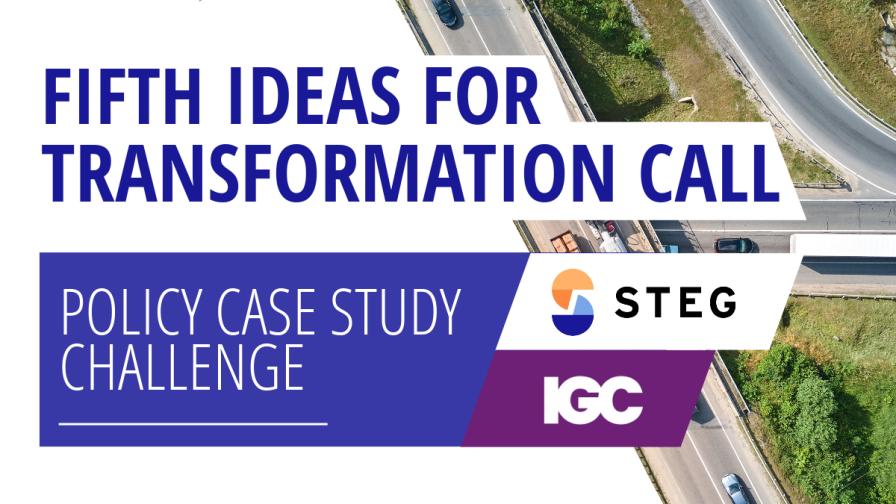Households and firms in low-income countries frequently fail to make seemingly profitable investments. Existing work documents underinvestment in fertiliser, crop insurance, migration, preventative healthcare, education, and business capital, for example e (e.g., Duflo et al., 2008; Karlan et al., 2014; Bryan et al., 2014; Miguel and Kremer, 2004; Cohen et al., 2015; Dizon-Ross, 2019; De Mel et al., 2008). Many policy interventions that aim to increase the uptake of these seemingly profitable investments intervene on a single dimension, such as by providing microcredit to increase business investment or by increasing teacher pay to improve student learning, and do not yield transformational impacts (e.g., Banerjee et al., 2015; De Ree et al., 2018). The presence of simultaneous market failures, however, may require multi-dimensional interventions (Banerjee et al., 2022). Relatively less work tests the effect of relieving multiple constraints simultaneously.
Do microentrepreneurs underinvest in business location, and if so, then what frictions constrain investment? This project investigates substantial spatial variation in micro-firm profits with an experiment that separately and simultaneously relieves liquidity and information constraints on entrepreneurs and a structural model, estimated using exogenous variation from the experiment, that simulates aggregate impacts. It focuses on apparently mobile microentrepreneurs in Kampala, Uganda, such as street vendors and motorcycle taxi drivers. The study documents that microenterprise profits associated with the 90th percentile most profitable city parish are three times those of the 10th percentile parish, even after controlling for individual entrepreneur characteristics. While existing work attempts to explain variation in income between rural and urban regions of low-income countries (e.g., Gollin et al., 2014, 2021), the common mechanisms in these studies cannot explain large within-city spatial variation in profits earned by microentrepreneurs, who compose the largest fraction of the labour force in low-income countries (Gindling and Newhouse, 2014; Jayachandran, 2021).
Absent market frictions, microentrepreneurs should move from lower to higher profit places to compete down differences in profit between locations. Thus, if spatial profit gaps reflect market frictions that inhibit moving between business locations, i.e., misallocation, then entrepreneurs should realise higher profits by relocating. If, on the other hand, profit gaps reflect sorting, i.e., selection (Roy, 1951; Borjas, 1987), then entrepreneurs should not increase profits as the result of moving. If entrepreneurs maximise utility and there are large differences in nonmonetary amenities between locations (Rosen, 1979; Roback, 1982), then moving should not increase welfare. The cause of spatial variation in income -whether misallocation, sorting, or differences in amenities across space- therefore informs what policies will be optimal to increase business income and entrepreneur welfare.
The results of both an experiment and model simulations demonstrate that entrepreneurs can increase profits by moving when liquidity and information constraints are relieved, indicating the spatial misallocation of microentrepreneurs across the city. The results underscore a complementarity between liquidity and information that enables entrepreneurs to make profitable moves. When liquidity and information constraints are relieved simultaneously, microentrepreneurs move into city parishes that have higher average profits and realise higher profits of their own. Relieving either liquidity or information constraints alone is not sufficient. The model simulates large aggregate income and modest welfare gains as the result of relieving information and liquidity constraints on entrepreneur location, even as profits decline in places where the number of entrepreneurs increase. Welfare gains, while positive, are not as large as income gains due to a large fraction of urban locations with low amenities, where entrepreneurs must trade off income gains against amenity value.





















































